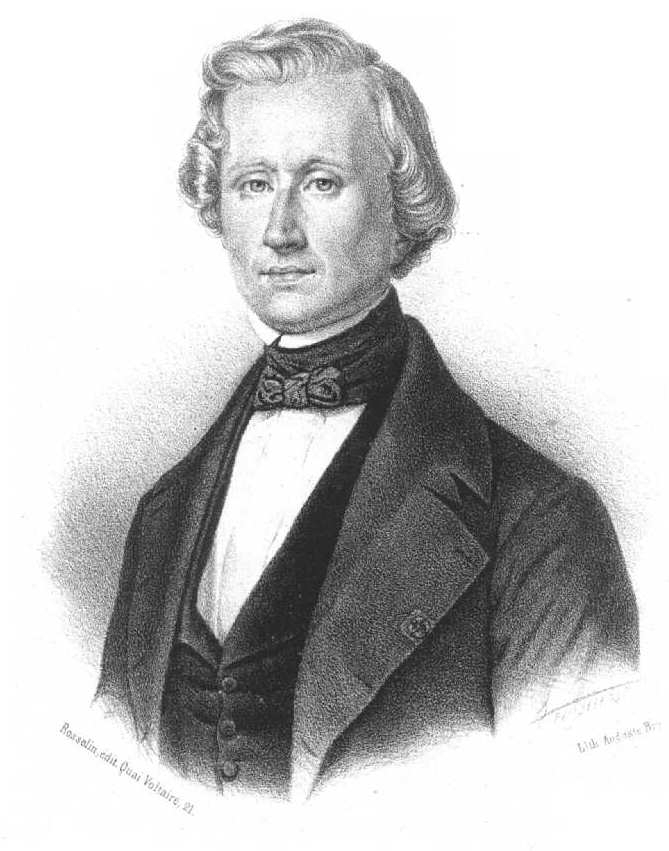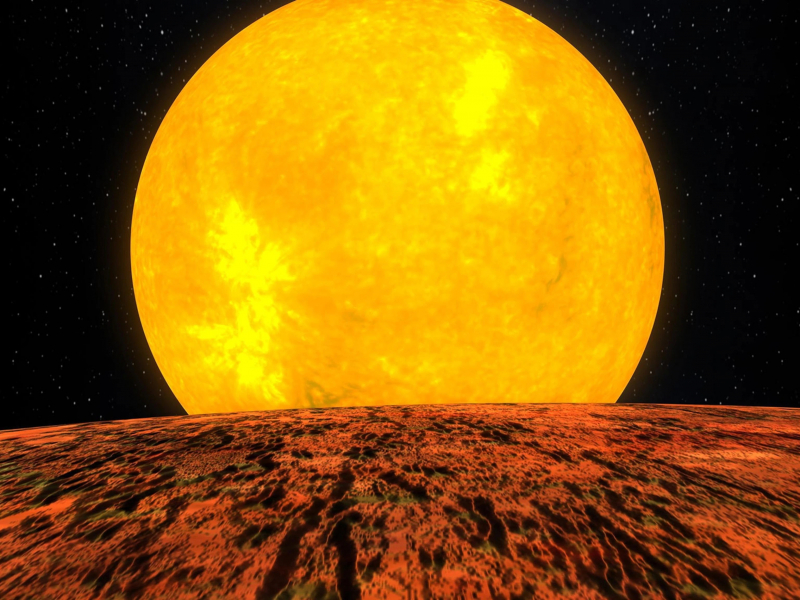Vulcan

Top 2 in Top 7 Ghostly Planets
This is not Mr. Spock's home planet; rather, it is a planet that some astronomers in the 19th century believed to be the solar system's nearest neighbor. Mercury's perihelion, or the point where it is closest to the Sun, fluctuates because to precession in its orbit. The shift was attributed to one or more planets, or even an asteroid belt, passing very close to the Sun, according to French astronomer Urbain-Jean-Joseph Le Verrier's explanation in 1859. Using Newton's equations of gravity to explain how the then-unseen planet would affect Uranus' orbit, he first identified Neptune in 1846.
On March 26, 1859, amateur astronomer Edmond Lescarbault reported to Le Verrier that he had observed a dark spot move across the Sun. It was clear to Le Verrier that this was a planet. He immediately gave it the name Vulcan. However, no conclusive confirmation came after, and thorough searches carried out during solar eclipses produced nothing. What then was causing Mercury's perihelion to move? The issue was that gravity is not entirely described by Newton's laws. The answer wasn't discovered until general relativity was first presented by Albert Einstein in 1915. In Einstein's theory, space-time is bent around an object as a result of gravity. Newton’s laws worked well for the rest of the solar system but failed for Mercury, where the bending of space-time by the Sun is the most pronounced among all the planets. Einstein was able to calculate the motion of Mercury’s perihelion exactly, without any need for Vulcan.








